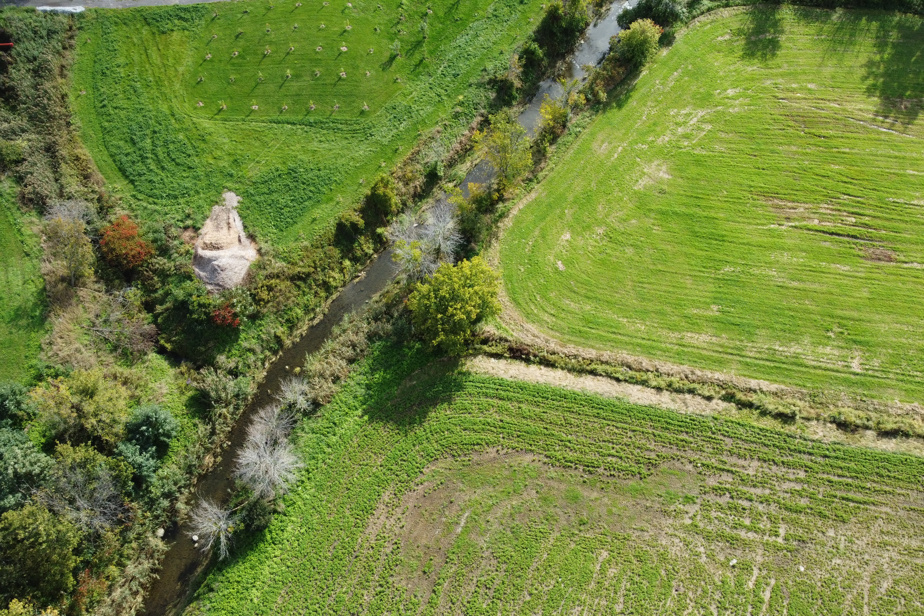Canada’s farmland is under increasing pressure to produce more food as domestic and international demand increases, while the industry grapples with limited resources and environmental constraints, says a new report.
“We need to grow more food on less land and in an unstable climate,” said Tyler McCann, executive director of the Canadian Agri-Food Policy Institute.
The institute’s report released Thursday examines the pressures on Canada’s farmland to produce more food while mitigating and adapting to the effects of climate change, McCann said.
Although Canada is a big country, it doesn’t have as much farmland as people might think, McCann observed. According to the document, agricultural land represents only about 7% of the country.
Because of this, we cannot take what we have for granted, he continued. “We have to be very careful about how we use our farmland. »
In 2020, Canada was the eighth-largest country in terms of cropland area, according to the report, with its cropland shrinking by 7% in 20 years.
Canada is a major net producer and exporter of agriculture and agri-food products, according to the report, exporting 91 billion worth of products in 2022, and one of the top 10 exporters of wheat, canola, pulses, pork and beef .
In the coming years, Canada will face increased demand from countries with growing populations, according to the report.
“With population growth on the one hand and climate change on the other, Canada will be among an increasingly small number of net exporting countries,” McCann said, noting that Canada’s population is growing. and that agricultural land must also be protected against urban sprawl.
The wildfires darkening Canadian skies this week are a “sharp reminder” of the strain extreme weather and climate change are putting on the agricultural sector, McCann said.
“Obviously we need to mitigate […] the impact of agriculture on climate change. But we also need to ensure that agriculture adapts to the impacts of climate change,” he continued.
Practices to improve production
One of the ways the world has responded to the demand for increased agricultural production over time is to create more farmland, in some cases by cutting down forests, McCann said. However, this is not a viable option for Canada, which does not have a lot of land that can be sustainably converted to agricultural land — and even if it were, it could have various environmental effects. negative, he said.
Some of the practices used to reduce emissions and sequester carbon in agriculture can also improve production on existing farmland, the report says, such as precision farming and no-till farming.
However, the intensification of production on current agricultural land also comes with potential environmental downsides, the report continues.
For example, McCann pointed out that fertilizers are an important part of sustainable agriculture, but that a balance needs to be struck, as excessive use of fertilizers can quickly render food production unsustainable.
“We need to be much more careful about the inputs we use,” he said, adding that the same can be said for the use of technology in agriculture and the policies and programs put in place to encourage the sustainable intensification of Canadian agriculture.
The report recommends that Canada adopt policies that provide financial incentives and technical assistance to farmers and develop regulatory frameworks that promote sustainable land use, as well as education and awareness campaigns, so that the country can “ensure the long-term viability of the agricultural sector while protecting the environment”.
